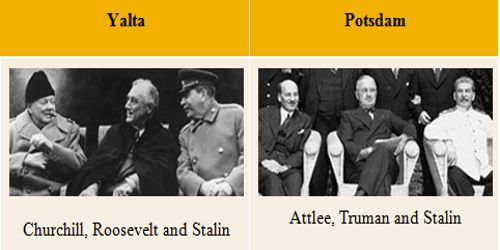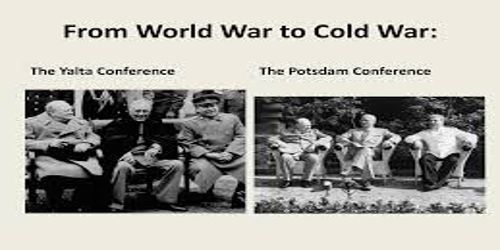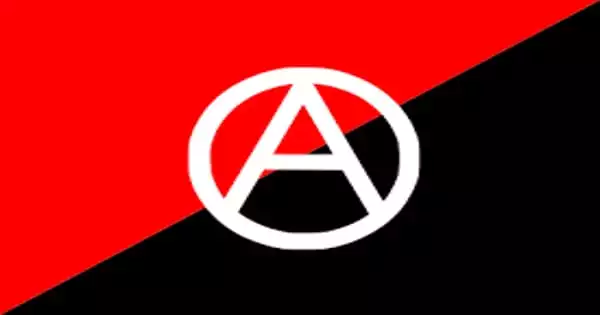Differences between Yalta and Potsdam
The conferences at Yalta and Potsdam were the two most important peace conferences of World War II. The major powers at the conferences were the United States, Great Britain, and the Soviet Union. The Yalta and Potsdam conferences were called to help the Allies decide what would happen to Europe, and in particular Germany, at the end of the Second World War.
The conference at Yalta took place from February 4-11, 1945. Yalta is located on the southern coast of Ukraine. The “Big Three” at Yalta were US President Franklin Delano Roosevelt, Soviet Premier Joseph Stalin, and British Prime Minister Winston Churchill. Coming into the conference the Soviet Union held the strongest military position in Europe. They controlled Rumania, Bulgaria, and most of Poland and Hungary, Yugoslavia, and Czechoslovakia, and had moved within 100 miles of Berlin.
The Potsdam Conference took place in Germany, from July 17-August 2, 1945. The “Big Three” nations were once again represented, though their leaders had changed. Stalin was there, but Truman had become President when Roosevelt died in April. Churchill was there to begin the conference, but he was replaced when Clement Atlee was elected Prime Minister in the middle of the conference on July 26. Many things from the Yalta Conference came up, including the occupation of Germany and reparations. Also discussed were plans for war crime trials, and a possible surrender by Japan.

Yalta and Potsdam – the basics
Yalta – February 1945: Germany was not yet defeated, so, although there were tensions about Poland, the big three – Stalin, Roosevelt and Churchill – managed to agree to split Germany into four zones of occupation, and to allow free elections in Eastern European countries. Russia was invited to join the United Nations, and Russia promised to join the war against Japan when Germany was defeated.
Potsdam – July 1945: Germany had been defeated, Roosevelt had died and Churchill had lost the 1945 election – so there were open disagreements. Truman came away angry about the size of reparations and the fact that a communist government was being set up in Poland. Truman did not tell Stalin that he had the atomic bomb.
It will help if you are able to describe the huge differences between Yalta and Potsdam – the issues were the same, but the goodwill to overcome them was gone, because the countries no longer needed to stick together. Note how not all the broken promises were by Stalin:
Comparison of Yalta and Potsdam

Yalta
- Germany to be split into four zones.
- Germany will pay reparations.
- A government of ‘national unity’ to be set up in Poland, comprising both communists and non-communists.
- Free elections in the countries of eastern Europe. This part of the agreement was called the Declaration of Liberated Europe.
- Russia would help against Japan when Germany was defeated.
Potsdam
- Arguments about the details of the boundaries between the zones.
- Disagreements about the amount of reparations Russia wanted to take. It was agreed that Russia could take whatever it wanted from the Soviet zone, and 10 per cent of the industrial equipment of the western zones, but Britain and the US thought this was too much.
- Truman was angry because Stalin had arrested the non-communist leaders of Poland.
- America and Britain were alarmed because communists were coming to power in the countries of Eastern Europe.
- Truman dropped the atomic bomb so that Japan would surrender before Russian troops could go into Japan. America had the bomb in July 1945.
Information Source:
















